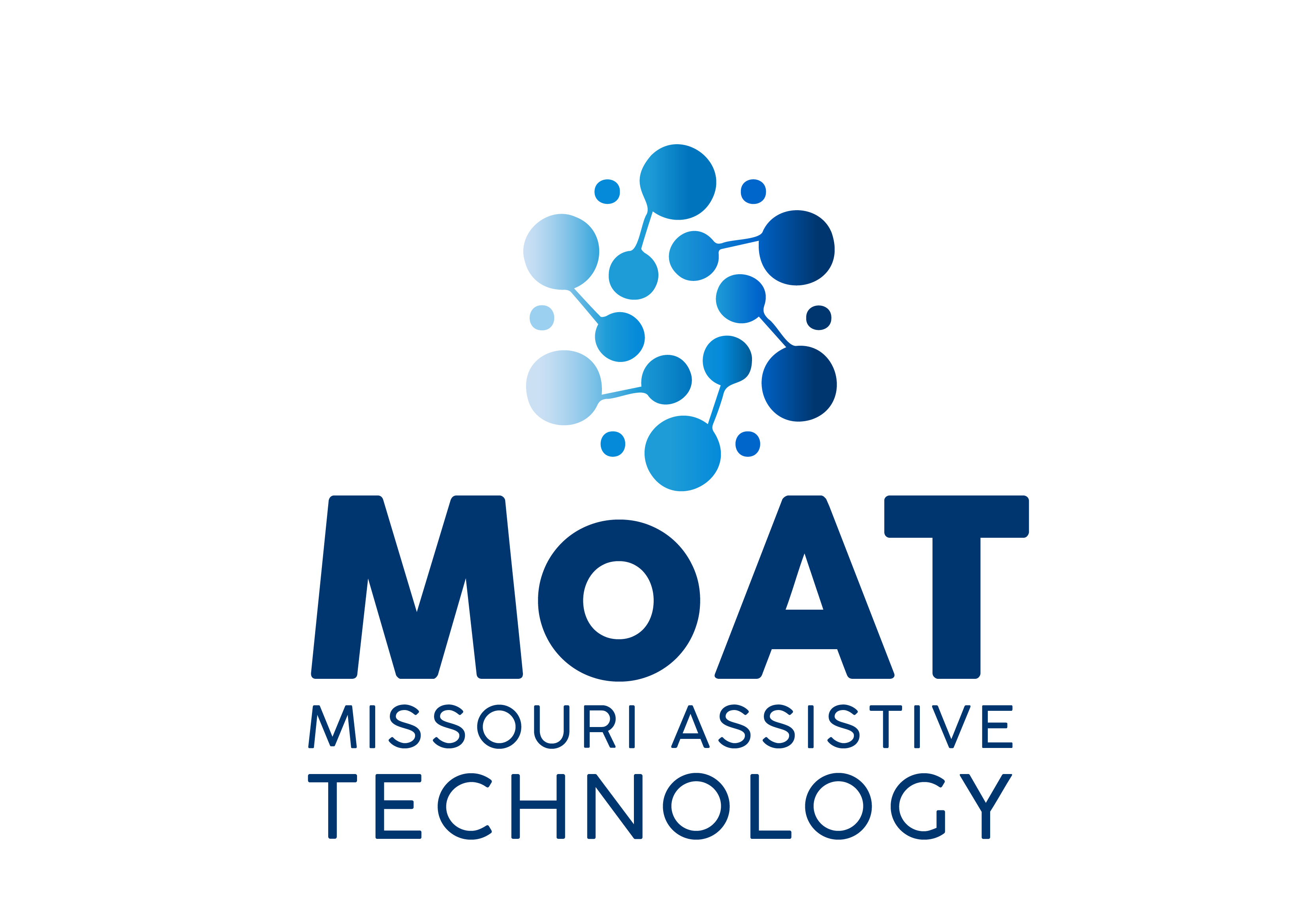Captions are a written representation of audio or dialogue that accompany videos, films, television programs or live events. Captions are similar to subtitles but also convey non-dialogue auditory information that is important to the scene or action (e.g., applause, laughing, crying). Captioning provides access to people who are deaf or hard of hearing and can be a learning tool for reading.
There are two types of captioning: off-line and on-line. Off-line captioning is the process of captioning before or after the actual program has been viewed, leaving time to edit. Off-line captions can be open (visible at all times) or closed (viewed only with the aid of a caption decoder). On-line or real-time captioning occurs at any captioned ” live” event. Conferences, ceremonies, speeches and live broadcasts are examples of events that may be real-time captioned. Real-time captioning is a verbatim text of what is being said displayed on a computer screen, TV monitor or large screen. This process makes the text immediately available to the audience or the individual using the service.
Open/Closed Off-Line Captioning Resources
It is advisable that when an entity orders tapes for the general public or for individual use, open or closed captioning be requested. The following list of resources is not meant to be all inclusive but will provide a starting point for entities to secure open/closed captioning resources.
The Caption Center is a non-profit service of the WGBH Educational Foundation. They produce open and closed captions for all segments of the video industry, including broadcast and cable networks, commercial advertisers, home and educational video, and producers of corporate communications and employee training programs. Many corporations, government organizations and distance learning providers are seeking ways to ensure that their live broadcasts are accessible to everyone. The Caption Center also provides real time (live) captioning via satellite or fiber feed to meet broadcasting needs.
Address:
The Caption Center
125 Western Avenue
Boston, MA 02134
Phone:
(617) 300-5400 (Voice/TTY)
(617) 300-1026 (FAX)
Website:
The Computer Prompting and Captioning Co. provides open and closed captioning services for public or private agencies and organizations. Agencies and organizations can also purchase open and closed captioning hardware and software systems which enable them to caption their own videos.
Address:
Computer Prompting and Captioning
1010 Rockville Pike, Suite 306
Rockville, MD 20852
Phone:
(800) 977-6678 (Voice/TTY)
(301) 738-8488 (FAX)
Website:
Captioned Media is a program administered by the National Association of the Deaf. The captioned videos range from popular movie titles to educational subjects.
Real-time Captioning
Real-time captioning enables communication access for individuals with hearing loss who are fluent in written English. Individuals utilizing real-time captioning may not be fluent in sign language or may not choose to use sign language for communication access in a particular situation. In general, real-time captioning is used by individuals who are late-deafened, oral deaf or hard of hearing.
Using real-time captioning as an alternative communication access is different from providing real-time in an official capacity in the courtroom. There are many court reporters trained to do real-time reporting who do not have the expertise to provide real-time captioning. Providing real-time captioning involves developing a dictionary compatible with the jargon of the disability community, having knowledge of the needs of persons with hearing loss, and understanding the confidentiality rules of providing alternative communication access.
To deliver real-time captioning the following information will likely be needed:
Resources For Real-Time Captioning
The following list of resources is not meant to be all inclusive but will provide a starting point for entities to access real-time captioning resources in Missouri.

